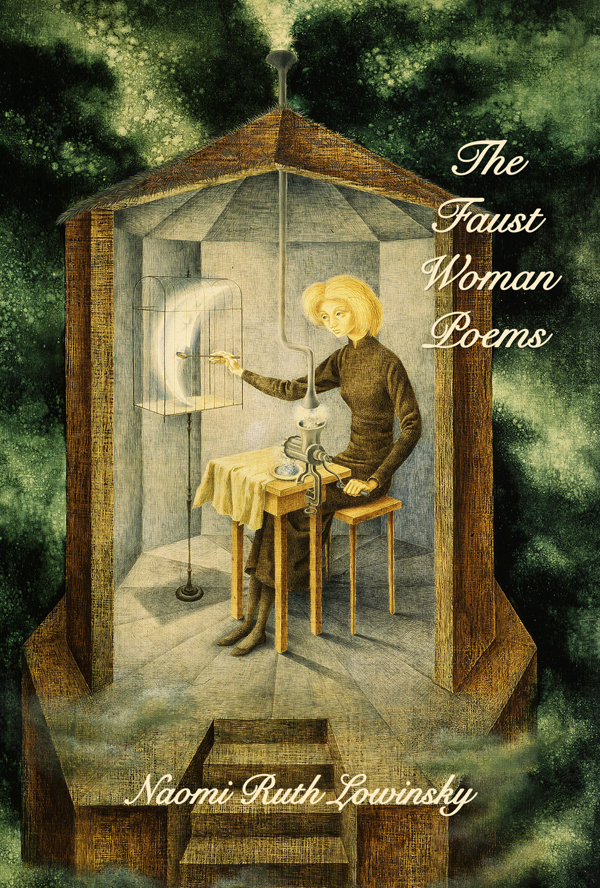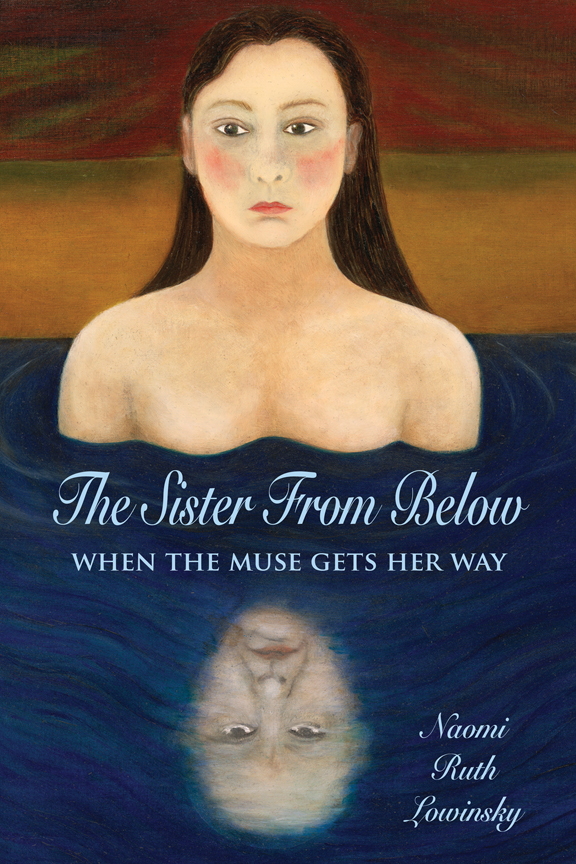The Sister from Below Announces a New Series:
The Poetry of Resistance
 |
| Hermes, Greek God of thievery, writing, roads, and more |
The way of women is our way The moon swells
the moon goes dark pulling the tides in and out
The way of the trees is our way So raise up
your branches sisters for we are one gathering
Soon sap will rise apple trees flower
We’ll weave us a canopy all over this land
It will be uprising time once again
in America
—Naomi Ruth Lowinsky
“Wishing in the Woods With Hillary”
The Muse of Catastrophe
But who can resist this all–engulfing force…? Only one who is
firmly rooted not only in the outside world but also in the world within.
—C.G. Jung
 |
| Thoth, Egyptian God of Writing |
In early 1933 Jung gave a lecture in Germany. He spoke of a “feeling of catastrophe” in the air. We are in such a moment in America. How do we withstand the “all–engulfing force” of chaos, hysteria, terror, and rage which rampages the land? How do we stay connected to our inner life, our deep natures when we are assaulted and over–stimulated by outrageous events and disturbing threats, haunted by ancestors who were slaves, refugees from catastrophe, stateless, disenfranchised, oppressed? Catastrophe, it turns out, can be a muse. That is what the Sister from Below whispered in my heart one day when I was feeling overwhelmed and impotent, struggling to find my mode of resistance. She said: “You’re a poet. You know many fine poets. Do what poets do. Use your blog to post resistance poetry. In times of catastrophe, the people need poetry.
But, you may ask, as did the poet H.D., “What good are your scribblings?” H.D. answers herself, in her great poem written during the catastrophe of the London blitz, “The Walls Do Not Fall:”
this—we take them with us
beyond death; Mercury, Hermes, Thoth
invented the script, letters, palette;
the indicated flute or lyre–notes
on papyrus or parchment
are magic, indelibly stamped
on the atmosphere somewhere,
forever; remember, O Sword,
you are the younger brother, the latter–bon,
your triumph, however exultant,
must one day be over,
in the beginning
was the Word.
H.D. is claiming the power of the Word over that of the Sword, the power of Creation over that of Destruction. And yet we know she wrote this during wartime, when all she held sacred was threatened and her city was in ruins. When our souls are battered, our hearts broken, is often the time when we open to the deep river flow of poetry, when we find words to “translate the dry rattle of the newscast into image and myth. Poetry says the unsayable, bears the unbearable, speaks for the voiceless, transports us into the spirit realm, the ancestor’s lodge, ushers us, in Jung’s words, through the “small and hidden door that leads inward.”
A Poem by Daniel Polikoff
The first Poem of Resistance came to me by synchronicity. It was during the recent storms which caused flooding, mudslides and other disruptions in Northern California. The national news was disturbing, causing political storms and public displays of resistance all over the country. At the time I was in dialogue with the Sister from Below, about catastrophe as muse, about poetry as medicine for the soul, about devoting my blog, for the duration, to Poems of Resistance, when a beautiful poem showed up in my e-mail, by Daniel Polikoff. I knew when I read it that I wanted it to open this series.
The weather and the news remind us of Biblical stories of catastrophe as an expression of God's wrath. This is where Polikoff goes in his poem, only his focus is on a "heavenly mother...weeping/for her lost children." The poem's speaker voices our grief and disorientation, and names our collective shadow, for we have "gone forth and built/sky-scratching cities," and we have "forgotten/her name." This is the voice of the prophets--those ancient poets of resistance.
| Weeping Icon |
Flood
February 7, 2017
Rain floods the streets and overflows
river banks and inlet sluices,
pours from the water-bearing sky
as if a heavenly mother were weeping
for her lost children. The puddle on the red-
brick patio; the streams that run
down the twin cheeks of Spring Drive;
the spreading lake that drowns the footpath—
tears, all tears. For she who bears us
endlessly in her heart
is weeping, weeping endlessly
over her children, the numberless
ones who no longer know her,
all the children who have forgotten
her name. They have gone forth
without regard; gone forth and built
sky-scratching cities; gone forth
and closed their doors against her,
locked their gates and bolted the chambers
of their steel domes. She has come
often to those proud towers; come
and rattled the gate-chains; come
and wrapped upon the heavy doors
of their bronze hearts. But they
do not choose to hear her soft
or loud alarms; dumb and unmoved,
they stand upon their feet of clay,
statues in the hall of a putrid king.
And so the widespread waters of pain,
the tears of grief and of mourning
pour from the sockets of heaven, pour
ceaselessly down, as once did
the flood that drowned the earth—
for the wrath of the Father
and the Mother's deep sorrow
will not part like ancient seas.
Daniel Joseph Polikoff is a poet and internationally recognized Rilke scholar. The most recent of his six books are Rue Rilke (a creative non-fiction account of his initiatory Rilke pilgrimage) and a new translation of Rilke's Sonnets to Orpheus. Daniel lives with his wife and family in Mill Valley, and will be teaching a course at Pacifica Graduate Institute this spring. For more information see danielpolikoff.com
 |
| "Tower of Babel" by Lucas van Valckenborch |
Announcement
Naomi Ruth Lowinsky will be a speaker, along with Steven Nouriani and Carolyn Bray on The Role of the Divine Feminine in the Transformation of Consciousness. The program will take place on March 18th at the SF Jung Institute, 9:30 -1:30. We need Her right about now. Please join us.[https://www.eventbrite.com/e/the-role-of-the-divine-feminine-in-the-transformation-of-consciousness-tickets-26502497684]















































